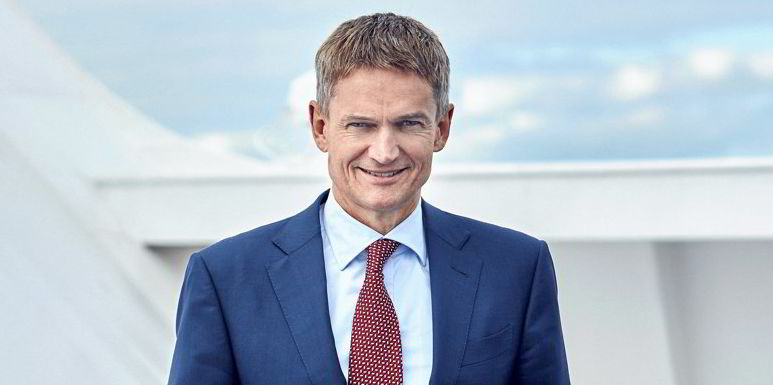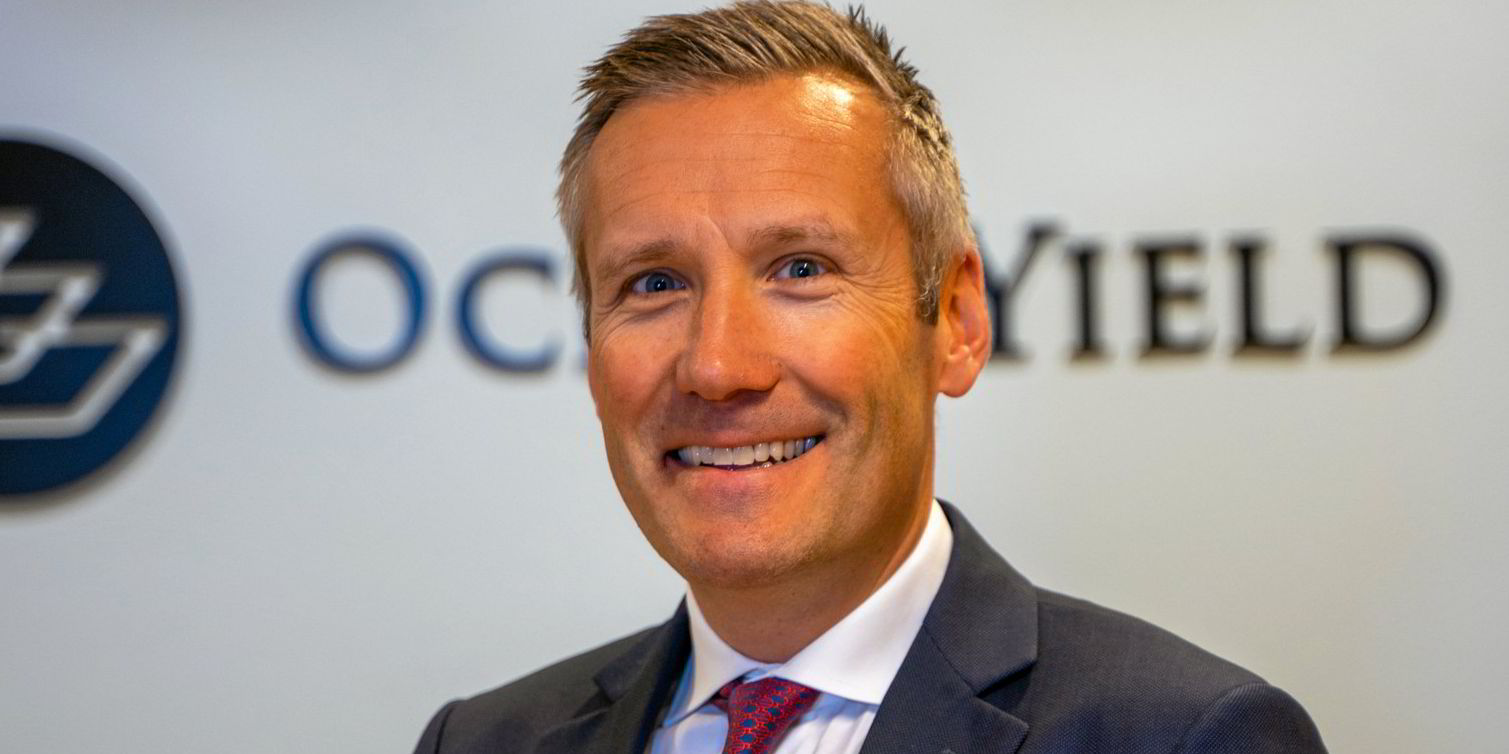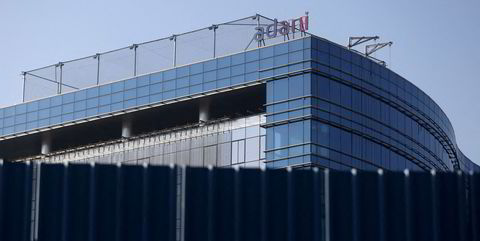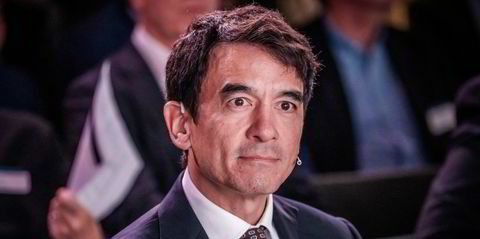DFDS chief executive Torben Carlsen is not ruling out further sale-and-leaseback deals for ships as the alternative financing option becomes more attractive.
The boss of the Danish ro-ro and ropax group sold three of its freight ro-ros to Navigare Capital in October.
“I think, with that we show the market, that we do not need to own the vessels as long as we have operational control of them,” Carlsen told TradeWinds.
Higher interest rates have made leasebacks “much more attractive” compared with when rates were near zero, he explained.
Denmark’s Navigare paid DKK 1.5bn ($218m) for the 6,690-lane-metre Flandria Seaways, Humbria Seaways (both built 2020) and Scandia Seaways (built 2021), with charters back over five years.
The agreement includes a right of first refusal to buy the ships at the end of the leasing period.
The transaction reduced net interest-bearing debt by DKK 700m, and the company booked a gain of about DKK 145m on the sale.
The group is still operating some ropaxes built in the 1980s, as well as ferries and ro-ros dating from the 1990s, together with modern vessels.
Carlsen said the owner can run older ships for another five to 10 years but is looking at how to deal with fleet renewal.
“There is no urgency. Our next ships will have to be green,” he added.
“We are interested in gaining a little time” to study future fuel types, he told TradeWinds.
Capacity moved or reduced
DFDS reported a DKK 693m ($101m) profit for the three months to 30 September, down from DKK 853m in the same period last year, though it pointed out that Ebitda was in line at roughly DKK 1.6bn.
The performance was enough for the company to ratchet up the low end of its 2023 Ebitda outlook from DKK 4.8bn to DKK 4.9bn, while the top end remains at DKK 5.2bn.
Freight earnings were lower in the third quarter.
Carlsen said that stripping out a change in fuel price, the result was at a similar level to last year.
Volumes were down 5%, which he attributed to the economic environment.
But freight rates rose in some markets compared with last year.
Carlsen said DFDS has been reducing its cost base by moving capacity around its network, and reducing it on some routes.





